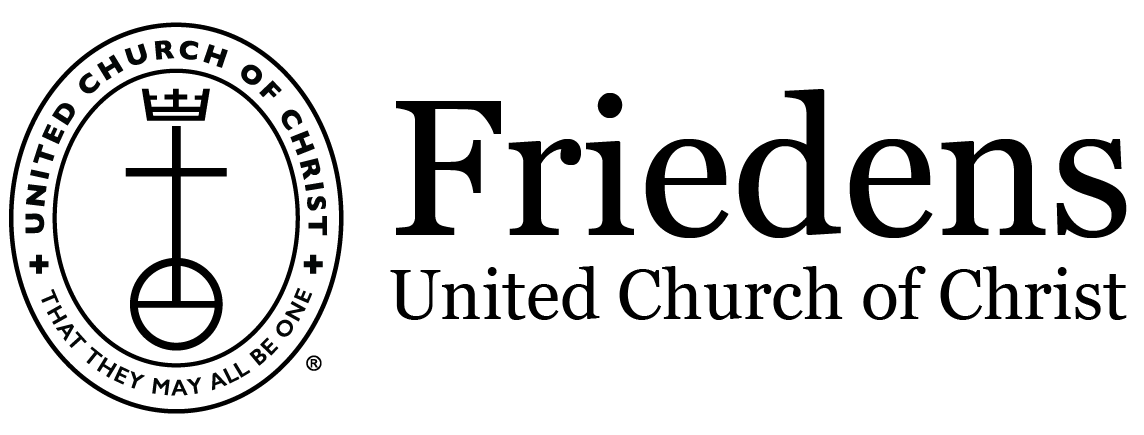April 2nd Virtual Worship
| The Order of Worship |
|---|
| The Bells Call Us To Worship |
| Prelude |
| Call to Worship |
| Hymn of Adoration |
| Confession of Sin |
| Kyrie |
| Assurance of Pardon |
| Greeting of Peace |
| Gloria |
| Scripture Reading: Matthew 21: 1-11 |
| A Message to Children |
| Worship in Music |
| Pastoral Prayer & The Lord's Prayer |
| Hymn of Reflection: |
| Sermon: Hosanna! |
| Communion Hymn |
| The Sacrament of the Lord's Supper |
| Hymn of Parting |
| Benediction |
| On Eagle's Wings |
| Postlude |
Music Ministry Team: Kristin Petty, Dwight Huntley, Matthew Leone, Rene Vazquez
Worship Team: Sarah Haas, Marc Hayden
Technology Team: Michael Kendall, Mark Raker, Jerry Weissinger
If you wish to see more information about giving or to checkout our new Online Giving process, visit our GIVING page.
Key Notes from the reading & sermon:
Hosanna!
When they had come near Jerusalem and had reached Bethphage, at the Mount of Olives, Jesus sent two disciples, saying to them, “Go into the village ahead of you, and immediately you will find a donkey tied, and a colt with her; untie them and bring them to me. If anyone says anything to you, just say this, ‘The Lord needs them.’ And he will send them immediately.” This took place to fulfill what had been spoken through the prophet, saying, “Tell the daughter of Zion, Look, your king is coming to you, humble, and mounted on a donkey, and on a colt, the foal of a donkey.” The disciples went and did as Jesus had directed them; they brought the donkey and the colt, and put their cloaks on them, and he sat on them. A very large crowd spread their cloaks on the road, and others cut branches from the trees and spread them on the road. The crowds that went ahead of him and that followed were shouting, “Hosanna to the Son of David! Blessed is the one who comes in the name of the Lord! Hosanna in the highest heaven!” When he entered Jerusalem, the whole city was in turmoil, asking, “Who is this?” The crowds were saying, “This is the prophet Jesus from Nazareth in Galilee.”
[Reading Above - Mathew 21:1-11]
The details and symbols of Jesus’ entry into Jerusalem—the donkey and colt, the cloaks and branches, the references to Zechariah and Psalm 118, the cries of Hosanna (save us), the whole city in turmoil, and the identification of Jesus as a prophet—highlight the significance of this moment and point to the importance of the days that follow. What will it mean that a meek and humble king ordained by God enters into our world, inviting our allegiance?
Questions for Reflection:
Two centuries before Jesus the Maccabean Revolt successfully achieved freedom for God’s people from the tyranny of Greek oppression. The symbol of this season of liberation was palm branches. Does this backstory suggest anything about the use of branches on Palm Sunday and the meaning of Jesus’ entry into Jerusalem?
Read the texts referred to by Mathew: Zechariah 9:9-10, and Psalm 118. What meaning do these readings add to our understanding of Palm Sunday?
A Spiritual Practice to Try:
Set a palm frond in a place of prominence in your home for Palm Sunday and Holy Week. Let it be a daily reminder of the humble service of our Leader and Savior. When it dries out rather than discarding it, consider following an ancient liturgical tradition: carefully burn the palm frond and collect and store the ashes for use next year at the beginning of the season of Lent, Ash Wednesday. You will have ashes for your own ritual of putting the sign of the cross in ashes on your forehead and with others in your circle of love.
A Practice to Focus on Discipleship:
Incorporate a faith journal in your spiritual practice. Use the journal as a way to:
jot down needs and blessings with words or drawings or pictures
respond to the questions for reflection in the sermon notes
make notes about the weekly scripture lessons and sermons
create a to-do list of discipleship actions
list questions you want to explore
write prayers, stories, poems, or letters
be creative!
If you need some guidance or support, you may reach me at pastormarc.friedensucc@outlook.com.
